NBFIs in Focus: The Basics of Private Credit
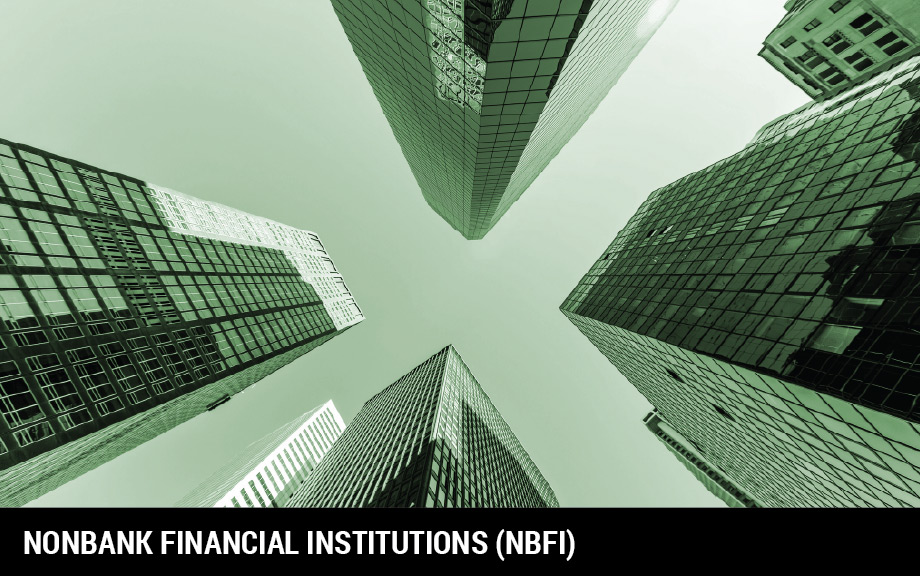
This is part of an ongoing educational series on nonbank financial institutions.
Nonbank financial institutions (NBFIs) play a critical role in private credit, which has recently become a key source of financing for corporations. In this article, we describe private credit and its recent growth, the role of NBFIs in the private credit ecosystem, and how private credit interacts with the Federal Reserve’s monetary policy, prudential supervision, and financial stability objectives.
NBFIs in Focus: The Basics of Hedge Funds
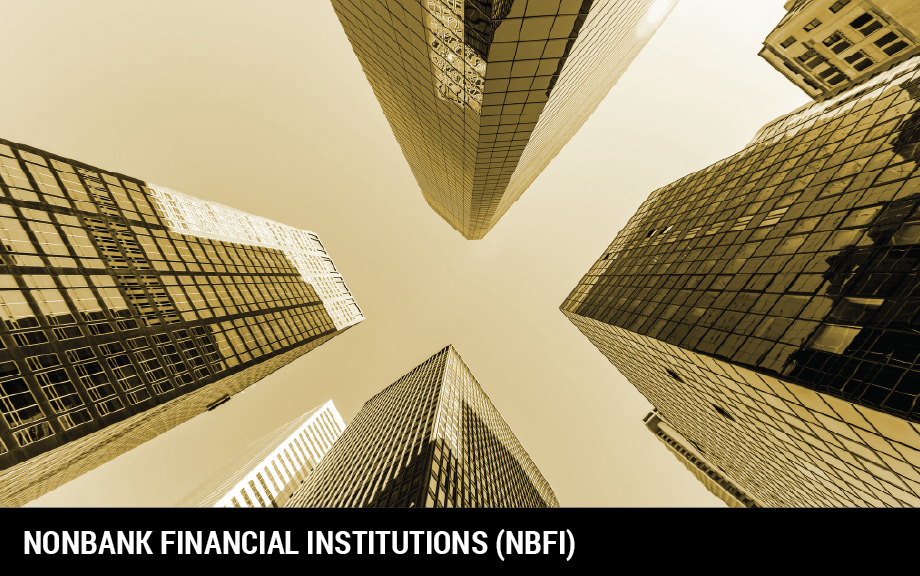
This is part of an ongoing educational series on nonbank financial institutions.
Hedge funds are a category of nonbank financial institutions (NBFIs) that play a significant role in the U.S. financial system. Since they transact in a wide range of asset classes and are major counterparties of the largest banks, their activities increasingly affect market liquidity, price discovery, and overall market functioning. In this article, we discuss the role of hedge funds in the U.S. financial system, their growth, and their relevance to the Federal Reserve’s monetary policy, prudential supervision, and financial stability objectives.
NBFIs in Focus: The Basics of Mutual Funds and ETFs

This is part of an ongoing educational series on nonbank financial institutions.
Mutual funds and exchange-traded funds, or ETFs, are important nonbank financial institutions (NBFIs) in the U.S. financial system. Both are widely accessible investment vehicles that can hold various kinds of assets. Combined, nearly 75 percent of mutual fund and ETF assets are stocks, about 20 percent are bonds, and the rest are commodities and other assets, according to Morningstar data through September. Mutual funds and ETFs are regulated by the Securities and Exchange Commission and are required to disclose information about their investment objectives, structures, and operations on a quarterly basis. This article details how mutual funds and ETFs differ, their recent growth, and their importance to the Federal Reserve’s objectives of monetary policy, prudential supervision, and financial stability. It does not cover money market mutual funds, which are a different type of NBFI.
Promoting Good Practices in the FX Market

The New York Fed has unique responsibilities to support the Federal Reserve System’s monetary policy and financial stability goals. As part of that, the New York Fed participates in the foreign exchange (FX) market by intervening when directed by the Federal Open Market Committee and U.S. Treasury, conducting FX transactions for official sector account holders, managing international dollar liquidity facilities, and monitoring global market developments. It also sponsors the Foreign Exchange Committee (FXC), represents the U.S. on the Global Foreign Exchange Committee (GFXC), and convenes the industry and public sector from around the world for FX market structure conferences.
Federal Reserve Repo and Reverse Repo Market Operations: 2015 to Now
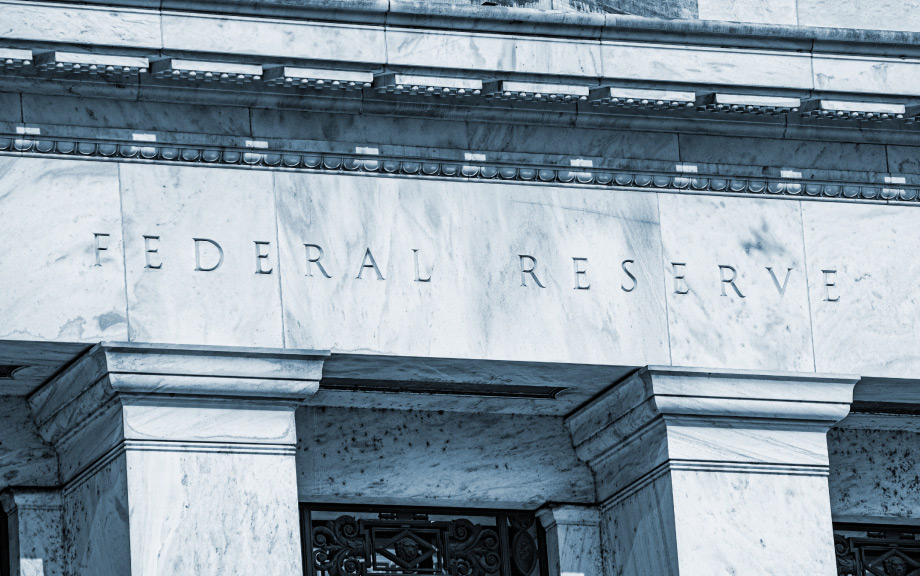
In a prior article, we discussed the scarce reserves regime the Fed used to implement monetary policy before the global financial crisis, and how the Fed’s repo and reverse repo operations evolved in response to the crisis. In this article, we explore the continued evolution of repo and reverse repo operations—namely, how they were structured to address the spike in repo rates in September 2019 and the extraordinary market dislocations at the onset of the COVID-19 pandemic in March 2020.
Federal Reserve Repo and Reverse Repo Market Operations: Before the Global Financial Crisis to 2015
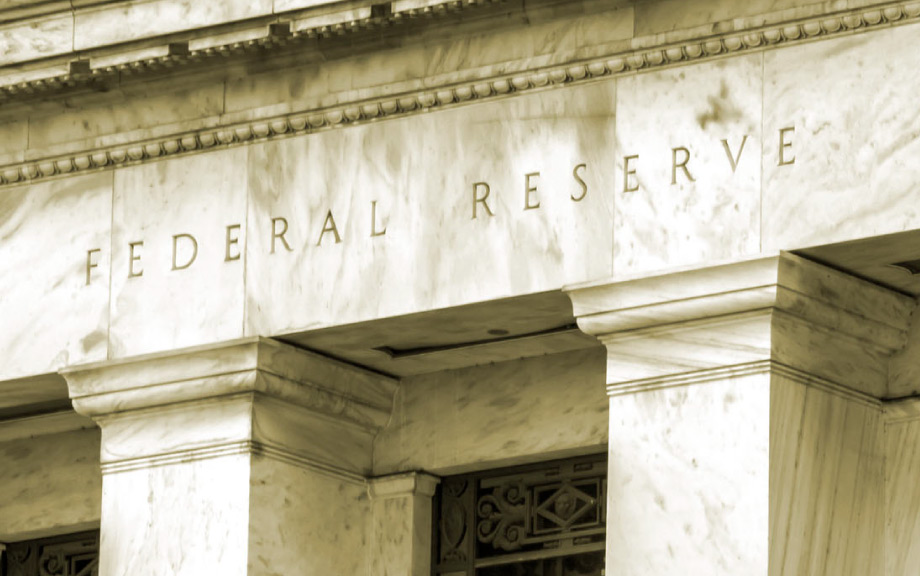
Repurchase and reverse repurchase operations—or “repo and reverse repo” transactions—are critical to the Federal Reserve’s implementation of monetary policy. Alongside a broader suite of open market operations, these transactions influence interest rates and support smooth market functioning by helping to maintain the federal funds rate well within the target range set by the Federal Open Market Committee.
Highlights from Roberto Perli’s Speech on Treasury Market Conditions
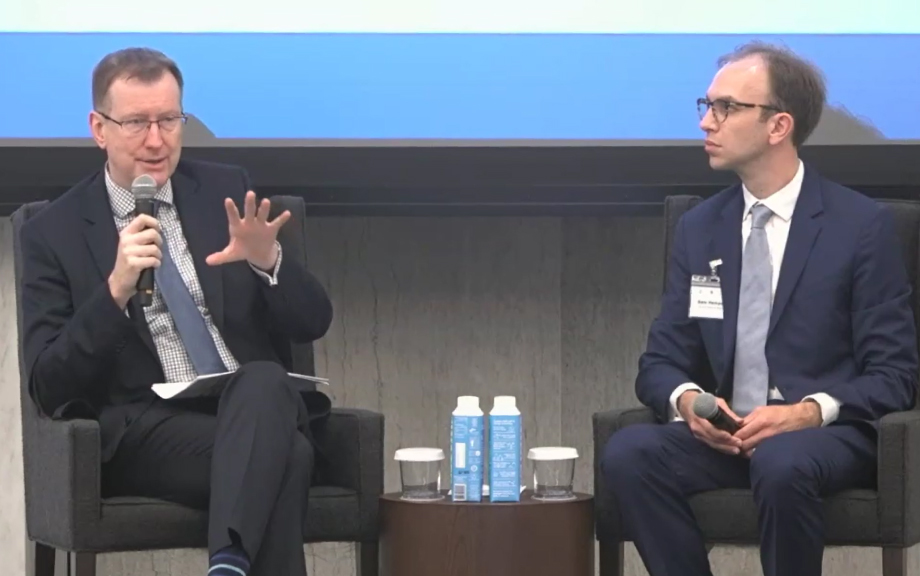
Roberto Perli, manager of the Federal Reserve’s System Open Market Account (SOMA), spoke at the Eighth Short-Term Funding Markets Conference at the Federal Reserve Board in Washington, D.C. on May 9.
Haircuts in Treasury Repo: A Look at the Non‑Centrally Cleared Bilateral Repo Market
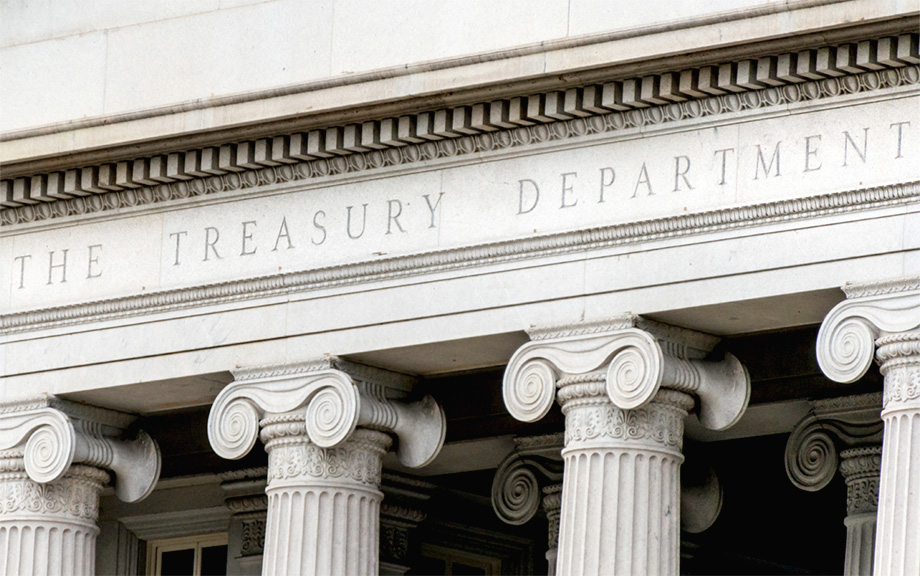
The Treasury Market Practices Group (TMPG), a New York Fed-sponsored group of market professionals, recently released a white paper and proposed recommendations on margin practices for repurchase agreements, or repos, involving U.S. Treasury securities. The white paper, based on discussions with market participants and data from the U.S. Treasury Department’s Office of Financial Research, describes the current risk management practices in the Treasury repo market for mitigating counterparty risk exposures, or the potential losses from a counterparty defaulting before final settlement of a financial transaction. It also identifies the resulting risk and resiliency issues. Based on this work, the proposed updates to the TMPG’s Best Practices include a recommendation that all Treasury repo trades should include prudent haircuts, or margin, on the value of the securities, in concert with other risk management techniques. In this article, we highlight the main findings of the white paper that led to this proposed best practice recommendation, with a focus on the non-centrally cleared bilateral repo market.
The Role of Nonbank Financial Institutions in Monetary Policy

This is the second in an ongoing series on nonbank financial institutions. Read the first article on the basics of NBFIs.
The Federal Reserve has historically relied on commercial banks and select broker-dealers to implement and transmit monetary policy. In recent years, nonbank financial institutions (NBFIs) have taken on increasingly important roles. As discussed in a previous article, NBFIs are financial companies that perform a variety of financial services but do not have a bank license. Examples of NBFIs include investment funds, pension funds, insurers, government-sponsored entities, and broker-dealers. In this article, we discuss some of the ways that NBFIs contribute to the implementation and transmission of monetary policy in the United States.
The FX Market’s Evolution in Focus at 2024 Conference

The foreign exchange (FX) market is the largest financial market by trading volume in the world, with average daily turnover of approximately $7.5 trillion. It has become increasingly complex over time, as its structure has undergone shifts in the types of market participants, the jurisdictions in which they transact, and the mix of instruments traded. The FX market also plays a critical role in supporting international trade, investment, and finance. With this in mind and in light of its role in monitoring and participating in the market, the Federal Reserve Bank of New York hosted the FX Market Structure Conference in November of last year.










